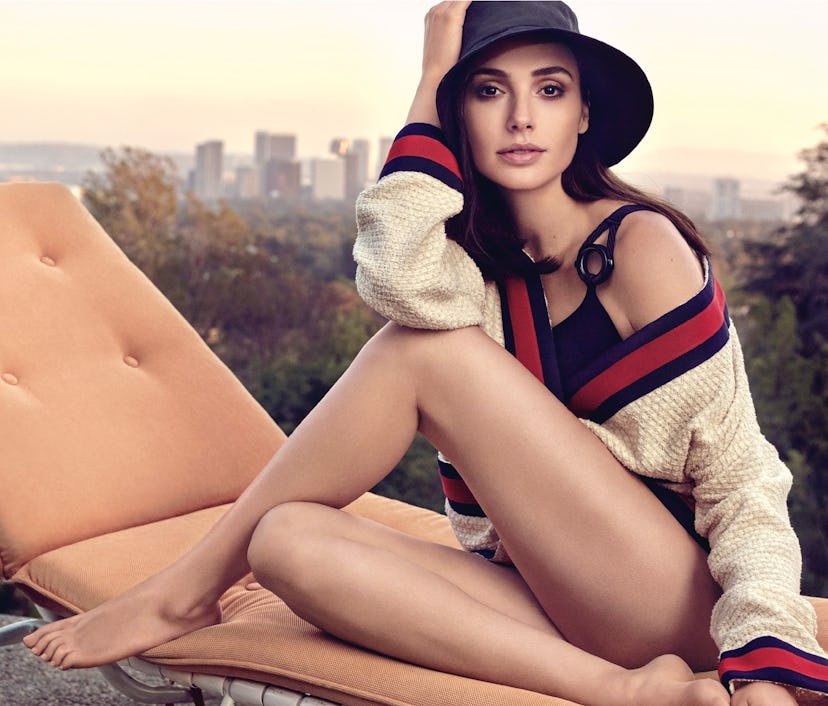Gal Gadot Reveals What She Was Thinking With That “Imagine” Video
“I just wanted to send light and love to the world … to do something good and pure.”

The early days of the coronavirus pandemic, which Madonna infamously christened “the great equalizer,” were full of celebrity faux pas. But not even David Geffen’s Instagram dispatches from his $590-million yacht could hold a candle to the astonishingly tone-deaf “Imagine” video that premiered in mid-March. The Wonder Woman star Gal Gadot assembled a vast amount of star power to share what they earnestly believed to be an uplifting, effective message: “We are in this together, we will get through it together.” Of course, unlike Will Ferrell, Natalie Portman, Cara Delevingne, and a number of usually unproblematic celebrities, “we” have yet to do so from multimillion-dollar second homes.
So, what on Earth was Gadot thinking? Seven months later, Nancy Jo Sales managed to procure some semblance of an explanation for the November issue of Vanity Fair. Gadot did not apologize when Sales raised the subject. Apparently, she shrugged her shoulders and smiled. “Sometimes, you know, you try and do a good deed and it’s just not the right good deed,” Gadot said. “I had nothing but good intentions and it came from the best place, and I just wanted to send light and love to the world … to do something good and pure.” Ultimately, she acknowledged, “it didn’t transcend.”
Gadot, the only one to deliver a monologue along with the video, admitted that she “started it.” But she doesn’t seem to think she has anything to apologize for. “I started with a few friends, and then I spoke to Kristen [Wiig],” Gadot said. “Kristen is like the mayor of Hollywood. Everyone loves her, and she brought a bunch of people to the game.”
(In any case, neither Gadot nor Wiig thought to have participants sing in the same key; the New York Times music critic Jon Caramanica described their cover as a “pummeled and stabbed, disaggregated, stripped for parts and left for trash collection by the side of the highway” version of John Lennon’s 1971 original.)
Luckily for Gadot, the cover story’s print version went to press before she became the subject of further online discourse—this time, for taking on a role of a different heritage, Cleopatra. And while digital deadlines are more forgiving, Gadot still evaded the controversy: “Gadot,” Sales wrote, “who is on set shooting a new project, could not be reached for comment.”
Related: How Not to Instagram Like a Billionaire Amid a Pandemic